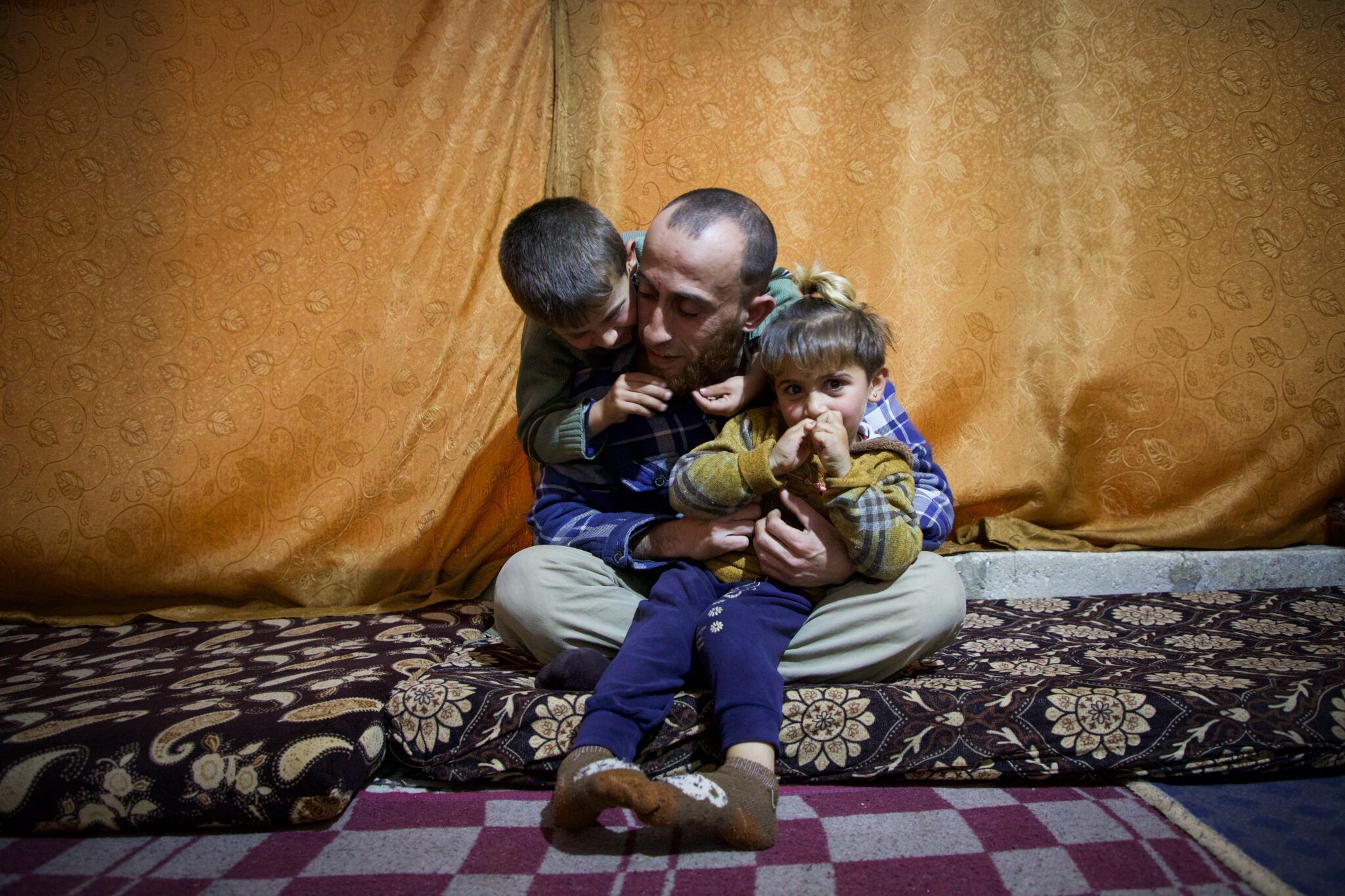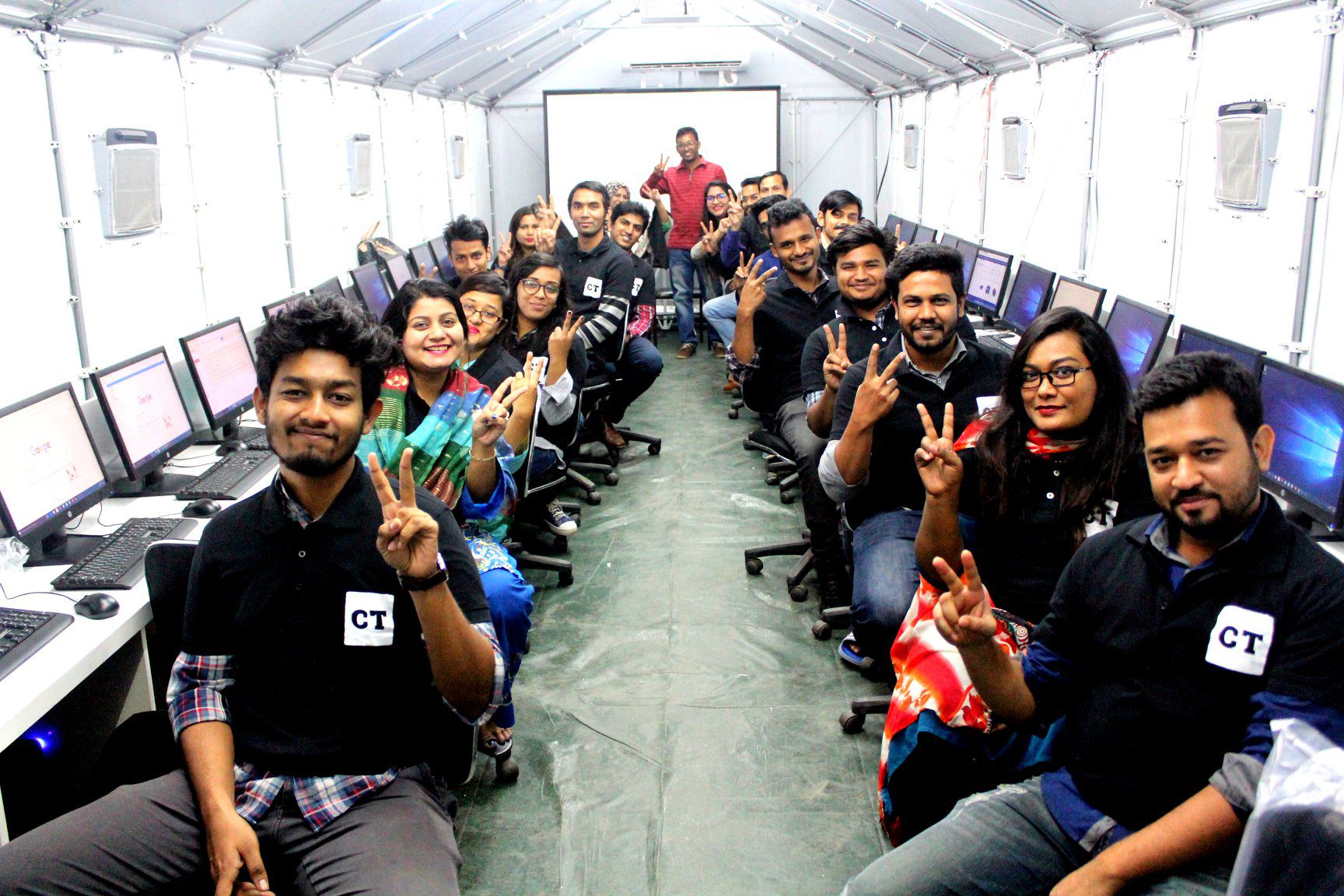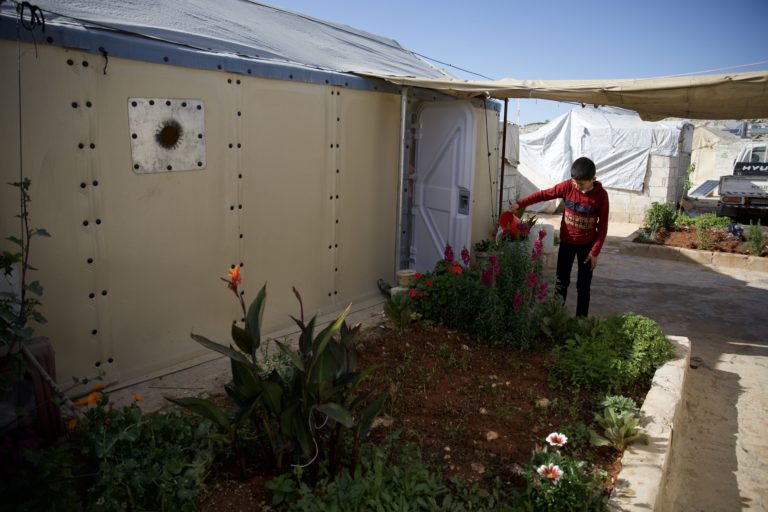Little seems to have changed on the muddy roads of this camp in Kafr Jalis in rural Idlib, northwest Syria. The shelters, still lined up on both sides, remain in place, and children wander in groups, searching for something to do. But for Abdul Qader Jaban, 30, everything changed on December 8 last year, when officials announced the fall of the previous regime.
“We no longer live in fear,” Abdul Qader says. “We are no longer afraid of aeroplanes or bombardments. Everyone is happy, and the children are playing freely. Even the land feels as if it, too, is happy.”
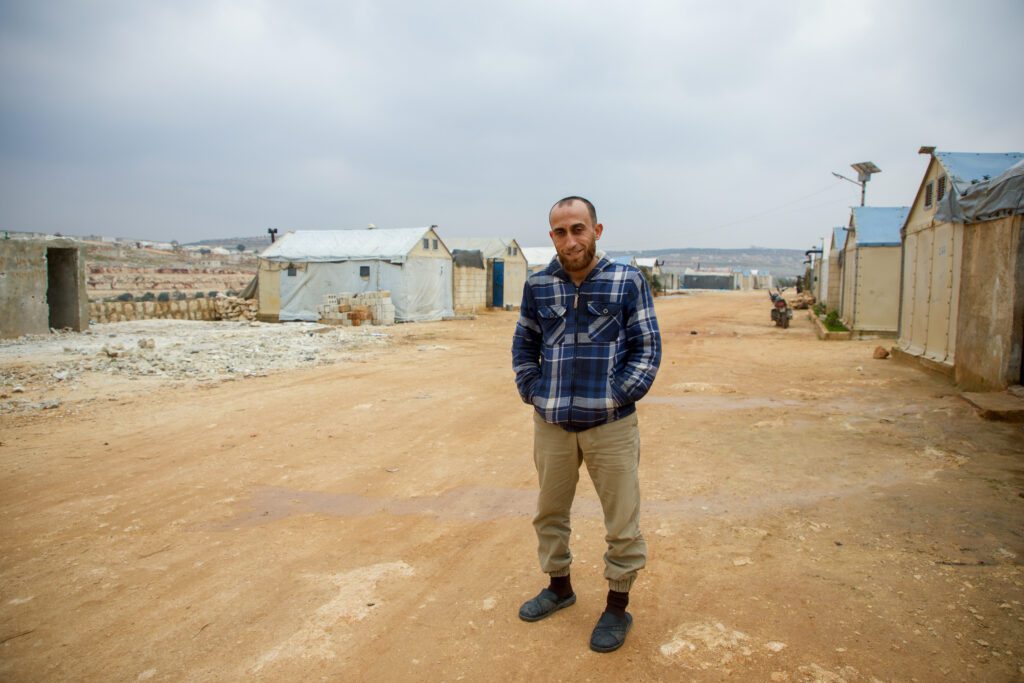
Abdul Qader, once an Arabic history student at the University of Homs, knows how war can turn a life upside down. In 2011, when anti-regime protests erupted, repression escalated. Forced to leave his studies, he returned home to southern Idlib.
Despite marrying Aya, 27, and having four children—Mohammad, 10; Salam, 8; Ahmad, 6; and Khadijah, 3—life remained uncertain. In December 2019, Abdul Qader and his family had no choice but to flee their village, Mareshmasha, under heavy airstrikes. They had to seek safety and shelter in one of northern Syria’s displacement camps.
Life in the camps has been difficult. Bombs fell repeatedly, yet Abdul Qader weathered every hardship with quiet patience and steady hope.
Now, with the regime’s fall, he is thinking about the future again. His first goal is to return to university.
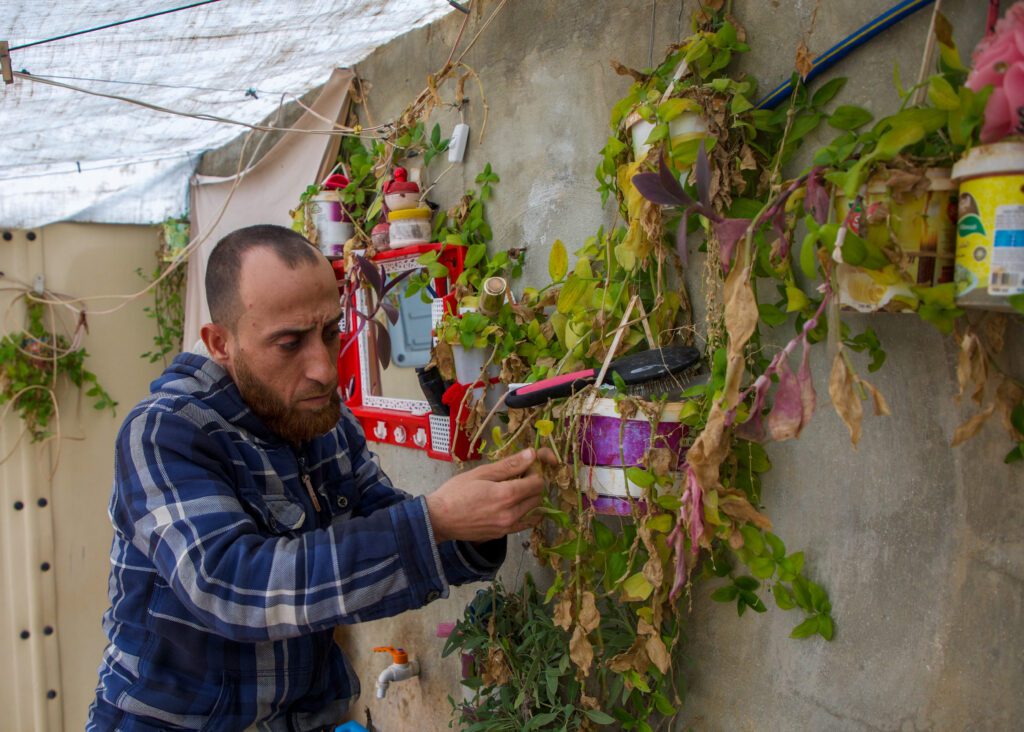
“I want to continue my studies—I even hope to earn a doctorate,” he says.
“I was overwhelmingly happy when I heard the regime had fallen,” he added. “Fourteen years of oppression and displacement have ended. We can finally return home. But our villages are in ruins. Homes are destroyed, and no basic services like schools, electricity, or sanitation.”
Abdul Qader estimates that 80% of the homes in his village are uninhabitable, and they cannot return yet. “My house has been stripped of its doors and windows, and the roof was torn apart to steal the metal,” he explained. Despite this, many neighbours have started returning, but many don’t have the means to.
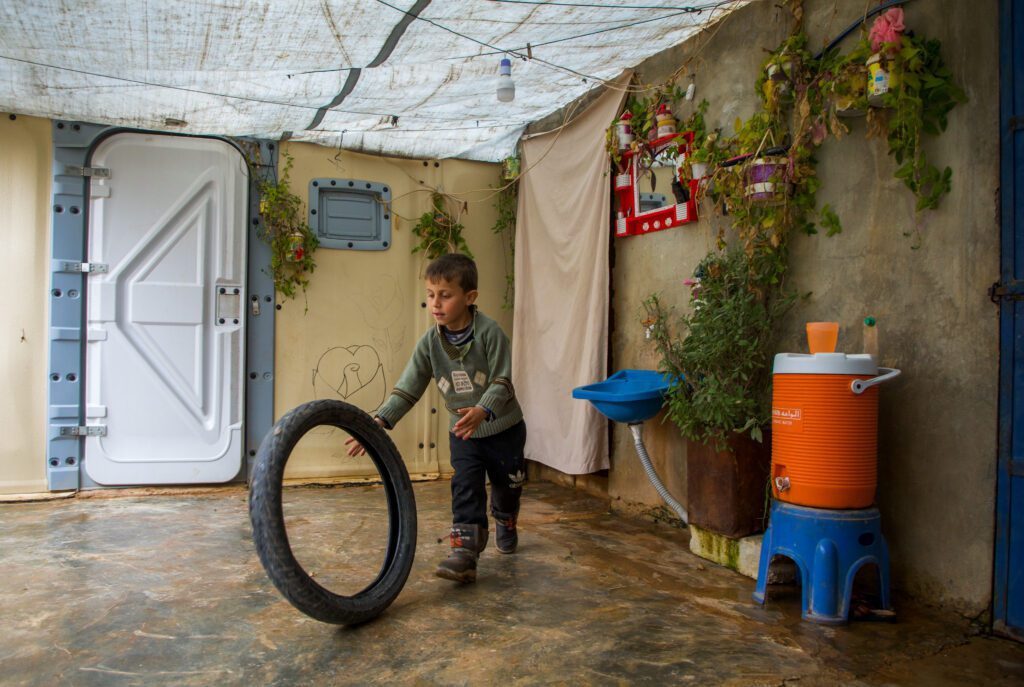
More than seven million people have been displaced within Syria, living in both host communities and designated sites for internally displaced people. Since November 2024, many displaced people have begun returning to their areas of origin. OCHA data shows that 682,844 internally displaced people have been tracked returning across various governorates, signalling a complex yet significant transition.
While returns indicate a potential shift in conditions, challenges remain in ensuring safe, sustainable reintegration for those seeking to rebuild their lives. Access to housing, basic services, and economic opportunities will be critical for people’s ability to return.
The return of the many people in displacement camps will be lengthy, given the extensive damage in many areas and the lack of financial resources available to rebuild. In light of this situation, local authorities have permitted families to relocate their shelters back to their home towns and villages. This will enable them to begin rebuilding while retaining some form of shelter in their areas of origin.
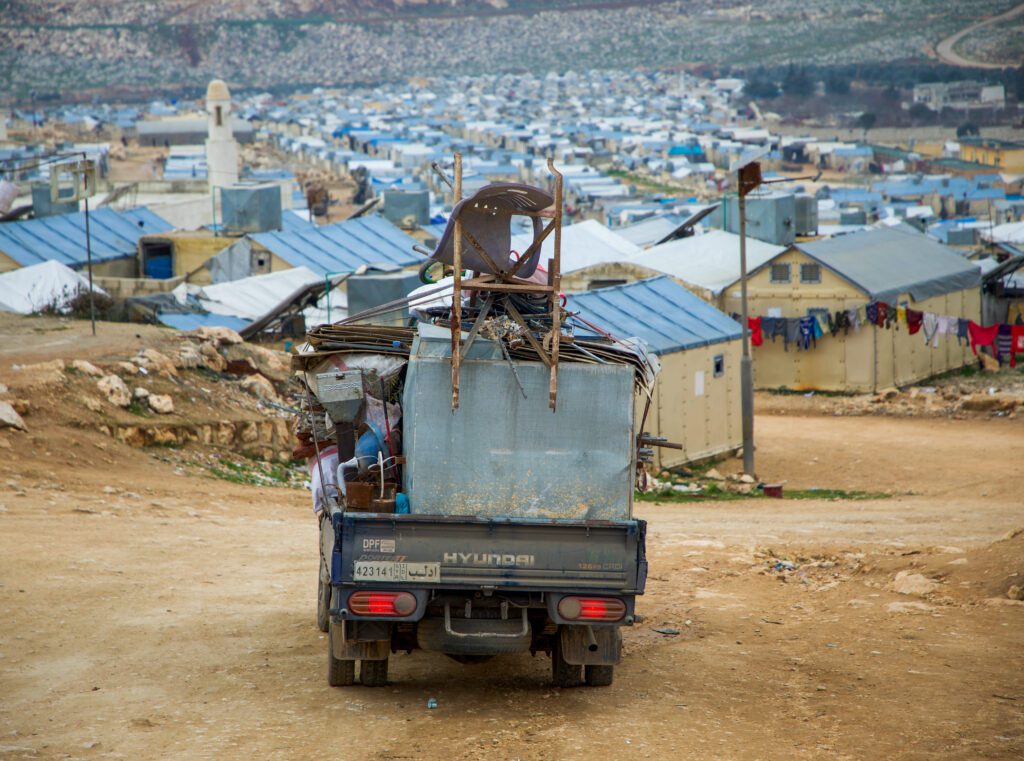
“Some families cannot afford the journey back to their villages,” he says.
Even with these challenges, Abdul Qader remains hopeful. He believes Syria will rise again. “We will rebuild our country together, Inshallah,” he says.

